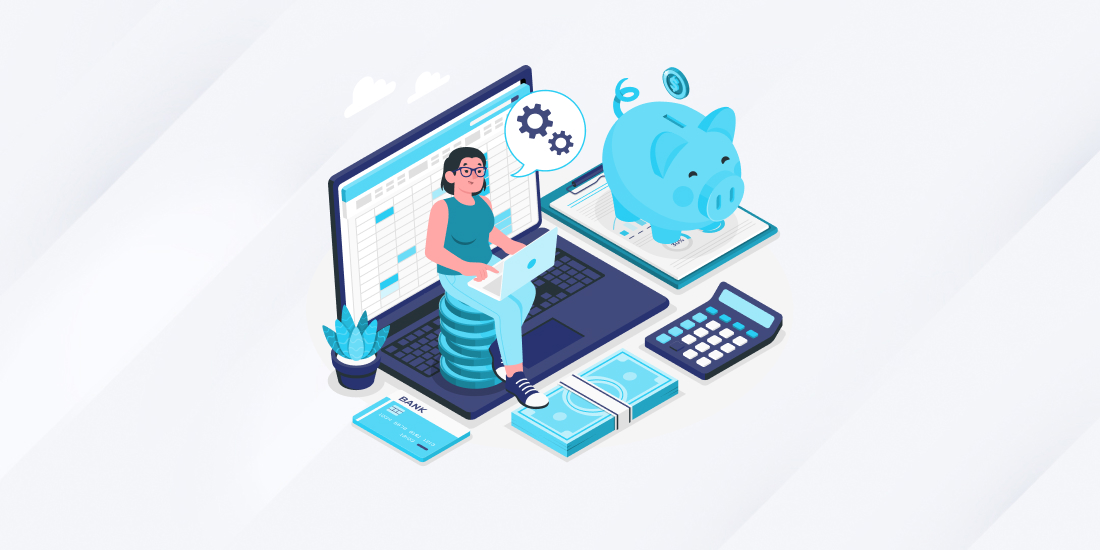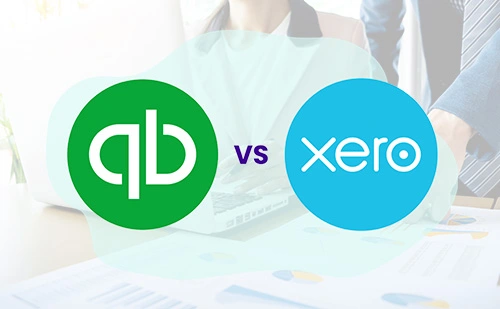Why Are Accounts Receivables and Accounts Payable Important for Your Small Business
Accounts Payable Ensure that bills are paid in a timely manner and accounts receivable handle any excess cash, optimizing the potential for a cash surplus. However, you can only successfully manage your cash flow if you keep track of both i.e. payables and receivables.
Managing these two accounts helps with budgeting for bills, improving terms with suppliers and buyers, and encouraging faster bill payments from customers. Additionally, it helps speed up the process of collecting past-due bills.
What Are Accounts Payable?
Business debts to suppliers and service providers are recorded as accounts payable (AP) and classified as current liabilities in the balance sheet. An accounts payable liability account includes current and future obligations with a maturity date within a certain time frame, often one year.
You’ll miss deadlines or spend too much if you don’t do it correctly and quickly. As a result, supplier relationships might be harmed, among other negative effects, and penalties for paying late could be incurred.
What Are Accounts Receivable?
Accounts receivable (AR) is the money owed to your business by customers for products or services sold on credit. Customer receivables are considered an asset on the trial balance and the balance sheet. In the balance sheet, the receivables are classified as current assets.
The failure to properly handle accounts receivable may have a detrimental effect on cash flow. A good accounts receivable system will consider problematic debts and set a limit on them. In addition, accounts receivable are considered current assets since the money owed by the debtor is expected to be collected within a year.
Importance of Efficient Management of Account Receivables and Payables
Accounts payable and receivable handle incoming funds for bill payments and potential cash surplus. To effectively manage cash flow, it is necessary to keep track of both payables and receivables.
Keeping track of both forms of finances allows for more accurate bill budgeting, better terms with suppliers, and quicker consumer bill payments. Moreover, it saves time in collecting overdue accounts.
4 Tips to Manage Your AR and AP
Your company’s income and cash flow depend on how well you handle your accounts receivable.
Timely payments, satisfied customers, and more cash on hand result from completing activities effectively. Negligent management increases the likelihood of accounting mistakes, lost income, and negative cash flow.
Here are four ways to streamline your accounts receivable process and get paid faster.
1. Establish Clear Payment Terms
It’s smart to give credit to customers and use the proceeds toward debt repayment. A significant challenge for managers is the completion time of a contract. This is why it is so important for AR to have strict credit requirements.
Accounts Receivable and Days Sales in Inventory (DSI) automation technologies can be combined to increase productivity and efficiency. Having real-time access to information about invoices, payments, and cash flow is only one of the many ways that these automated systems boost coherence in business finances. Automated AR solutions will streamline invoicing, payment reminders, and client payment processes. Meanwhile, automated DSI systems maintain an optimal stock level, reducing waste and costs.
2. Prompt Invoice Settlement
Keeping track of what is owed and when it is due is crucial, particularly if your company gets a large volume of invoices, since late payments may negatively impact relationships with suppliers. Invoices should be paid in the order they were received, taking the due date and terms into account.
If your business often experiences spikes in invoice volume, or you routinely receive hundreds or thousands of invoices, you may need help to ensure prompt and accurate payments. Verifying that the goods on an invoice to match those on a purchase order and in hand is also challenging. You should only pay an invoice after verifying that you’ve received the order.
Keep in mind that many sellers provide discounts for early payments. Early payment discounts will be easier to identify and claim thanks to the shortened approval process made available by AP automation. Bills should be paid on time, but not too far in advance, if you want to maintain your finances in order.
3. Adhere to Billing Deadlines
It is important to prevent late penalties and keep great relationships with your vendors by always paying your invoices on time. Accrual accounting (AP) relies on regular invoicing. Having an excellent cash flow and a respectable accounts receivable repute depends on timely invoicing. Helpful tools include a straightforward billing system, automated procedures, and consistent communication. Accounting is simplified, and human error is reduced when billing cycles are regular.
Set up an automated billing system, keep lines of communication open, and stick to a regular schedule. Accounting is simplified, and mistakes are less likely to occur with regular billing cycles. Fast and reliable invoicing and record-keeping are guaranteed by automated paperwork-collecting systems like Dext, Hubdoc, and Bill.com.
4. Maintain Accurate and Updated Records
Accurate and up-to-date books are essential for efficiently administrating accounts payable and receivable. It works well as a financial calculator and budget planner. Accounts payable and receivable must be managed systematically for financial planning and budgeting to be successful. Timely payment of vendor bills is only one advantage of efficient receivables management, along with the safeguarding of available cash. It might be difficult to track receivables and payables without a system.
The accuracy of data and organization may be enhanced by using automated augmented reality and document scanning and imaging systems. Bill.com’s improved data extraction and reconciliation procedures and cutting-edge technologies like Dext and Hubdoc facilitate efficient financial management. You may confidently manage the company’s finances with the help of your staff and these resources.
Conclusion
Managing accounts payable and receivable can become laborious and draining for small businesses with a small budget and high daily duties. A steady cash flow requires careful preparation and execution. These problems may be resolved with simple payment terms, automated AR and DSI technology, and timely billing. These methods increase cash flow, establish ties with suppliers, and simplify financial and administrative work.
Accurate record-keeping is necessary for efficient administration and fast payments. The precision and efficiency of document gathering may be improved via automation.
Transcounts offers its services to small businesses to manage their accounts receivable and payments. With Transcounts, a company’s financial processes are more efficient and liquid. When dealing with cash as the primary payment method in an economy, the services provided by Transcounts are essential to the success of even the smallest enterprises.
Contents




